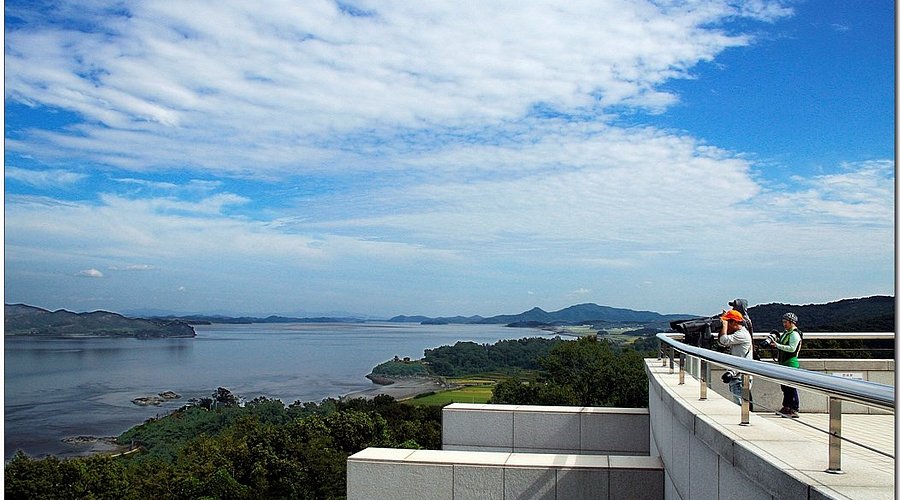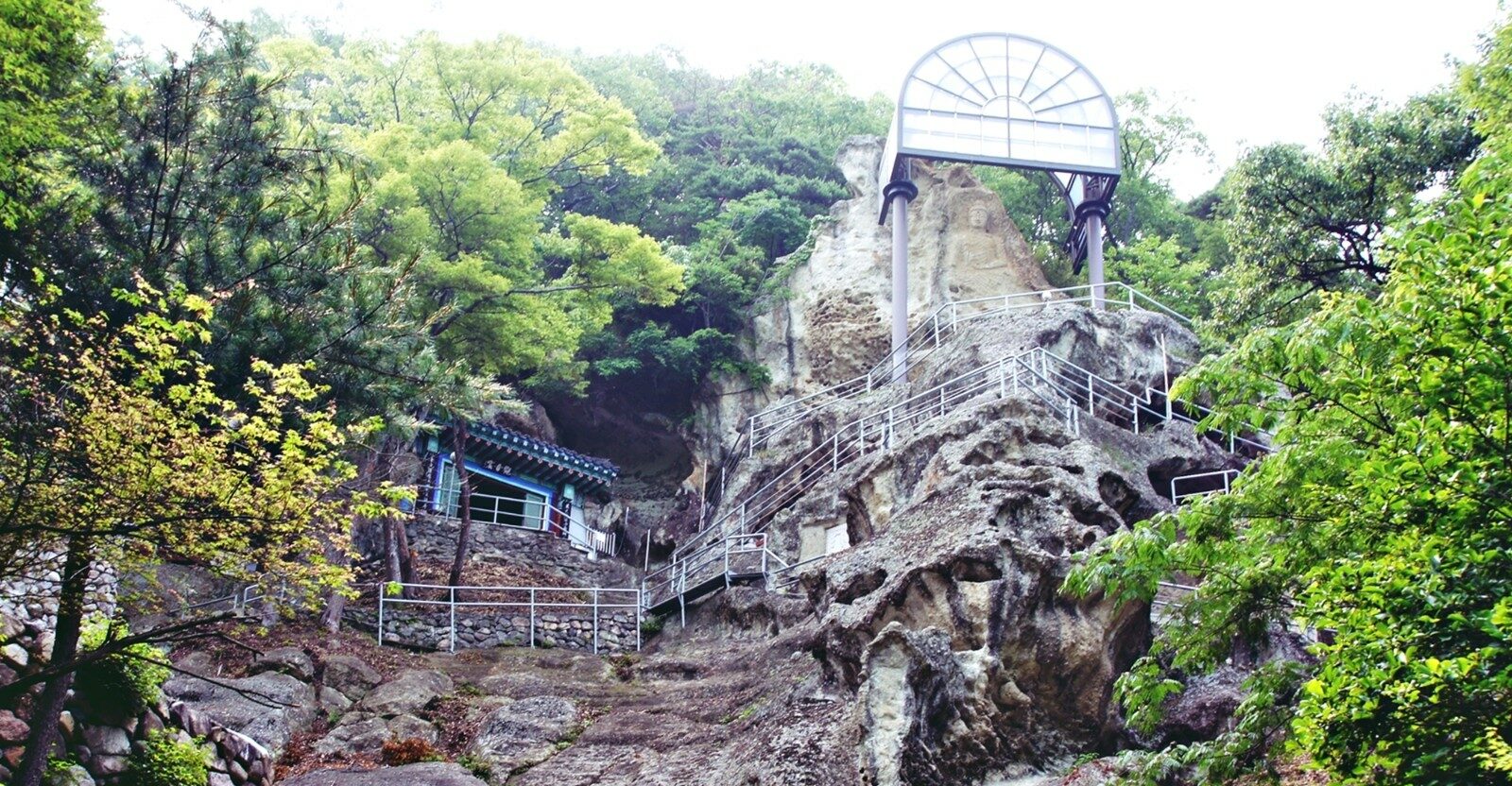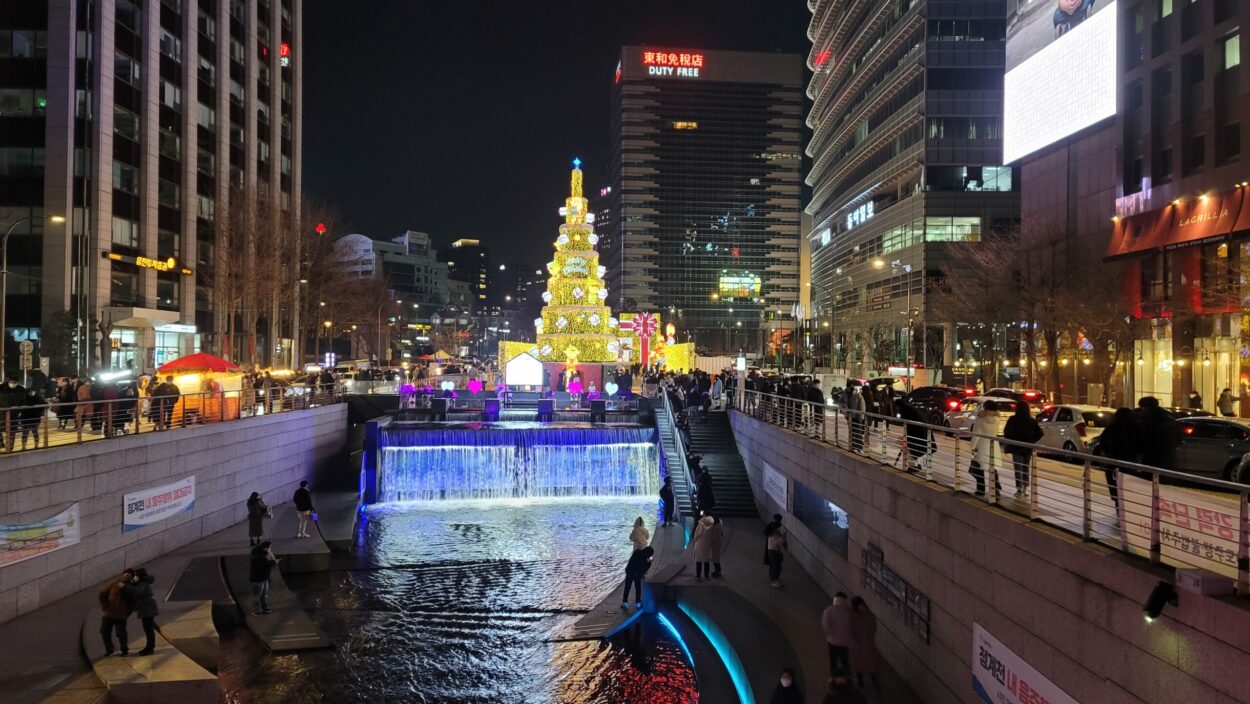Ganghwa Peace Observatory: A Portal to History and Hope
Perched on the northern edge of Ganghwa Island, the Ganghwa Peace Observatory offers an extraordinary viewpoint. Situated just 2 kilometers from North Korea, it provides more than a simple viewing platform. Here, visitors witness the realities of division while contemplating enduring hopes for reunification.
A Rare View Across the Border
The observatory’s prime location allows visitors to peer across the Yeseonggang River into North Korea. They can use high-powered telescopes to see this distant land. From its observation deck, the sight of North Korean villages and farmlands is surreal and sobering. It offers a rare glimpse into a country shrouded in mystery.

A Place of Reflection and Education
The structure, which spans four stories, is designed to educate and inspire. Inside, visitors find exhibits detailing the Korean War and the ongoing separation of the peninsula. These exhibits also highlight the cultural ties that bind the two Koreas. One standout feature is the digital tree of peace. Here, visitors leave heartfelt messages, expressing hopes for reunification and a brighter future.
Historical Significance of the Area
The surrounding region is deeply rooted in history, having been a battleground during the Korean War. This historical backdrop adds emotional depth to the observatory visit. It reminds travelers of the sacrifices made and the resilience of the Korean people.
Enhancing the Experience
The observatory also features a souvenir shop where visitors can purchase keepsakes. These souvenirs commemorate their journey. The combination of panoramic views, educational exhibits, and symbolic elements makes the Ganghwa Peace Observatory an unparalleled destination. It is perfect for those seeking to understand Korea’s past and envision its future.
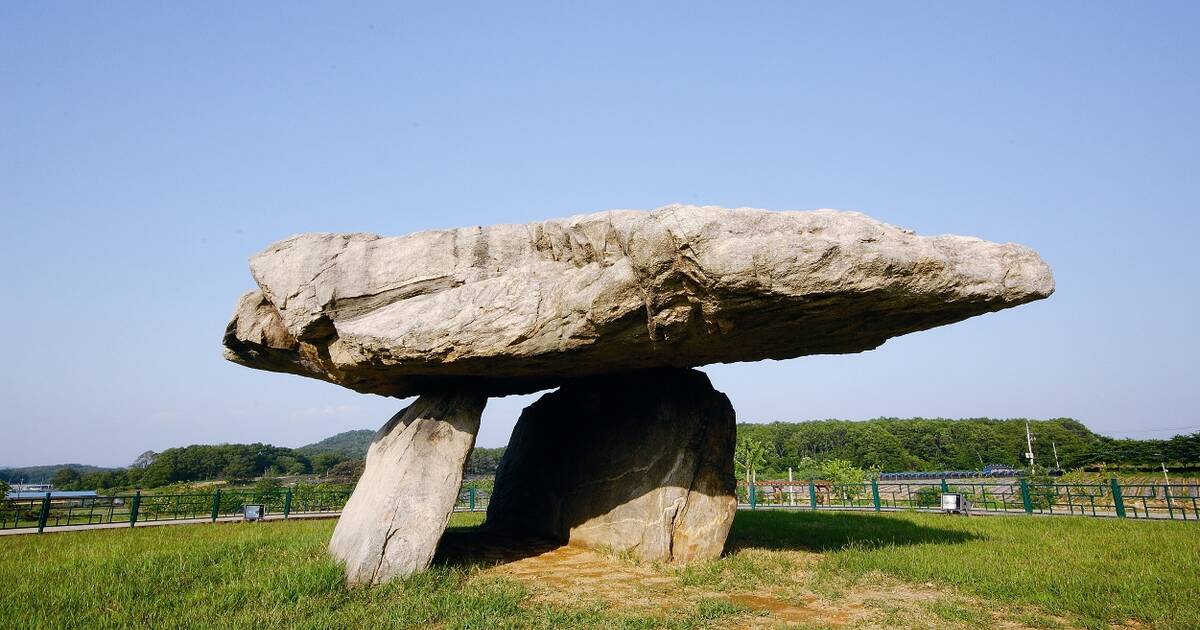
Nearby Attractions:
- Ganghwa Dolmen Sites: These ancient megalithic tombs are part of the UNESCO World Heritage Site list. The dolmens date back to the Bronze Age and provide insight into the island’s prehistoric culture. Walking among these stone structures is like stepping back in time, offering a fascinating glimpse into ancient burial practices and societal structures.
- Goryeosan Mountain: For those who enjoy hiking, Goryeosan Mountain is a must-visit. The trails are particularly beautiful in the spring when azaleas bloom, painting the landscape with vibrant colors. The mountain offers a panoramic view of the island and the surrounding seas, making it a peaceful retreat for nature lovers.
- Ganghwa Anglican Church: Known for its unique architectural blend of Korean and Western styles, this historic church is one of the oldest in Korea. The serene setting and distinctive design make it a picturesque spot for photography and reflection.
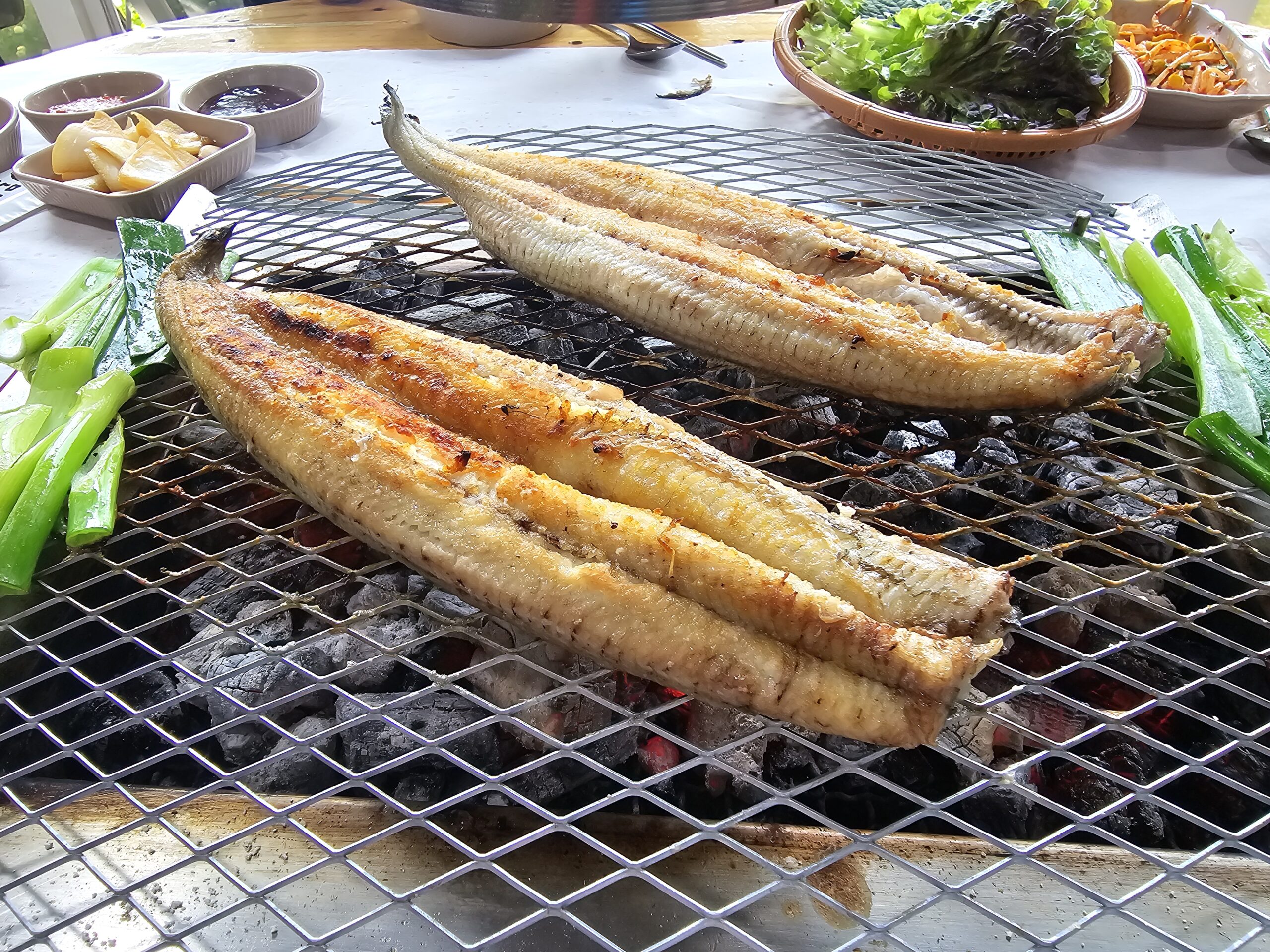
Must-Try Local Food:
- Ganghwa Ginseng: The island is famous for its high-quality ginseng, which is celebrated for its medicinal properties. You can try ginseng tea or various dishes that incorporate this healthful root, offering a taste of local wellness traditions.
- Grilled Eel (Jangeo-gui): Fresh eel from the surrounding waters is a delicacy on Ganghwa Island. Grilled with savory sauces, this dish is rich in flavor and considered a nutritional powerhouse, known for its high protein content.
- Pungmul Tteok (Rice Cake): This traditional rice cake is often enjoyed during celebrations and festivals. Made from sticky rice and sometimes filled with sweet fillings like red bean paste, it’s a delightful treat that showcases the island’s culinary heritage.
Ganghwa Peace Observatory is not just a window to North Korea—it’s a gateway to understanding the complex history and deep aspirations of the Korean Peninsula. A visit here offers both a reflective experience and a deeper connection to the hopes for peace and reconciliation that define the region.
“Want to visit this place effortlessly? Let us customize your trip!”

